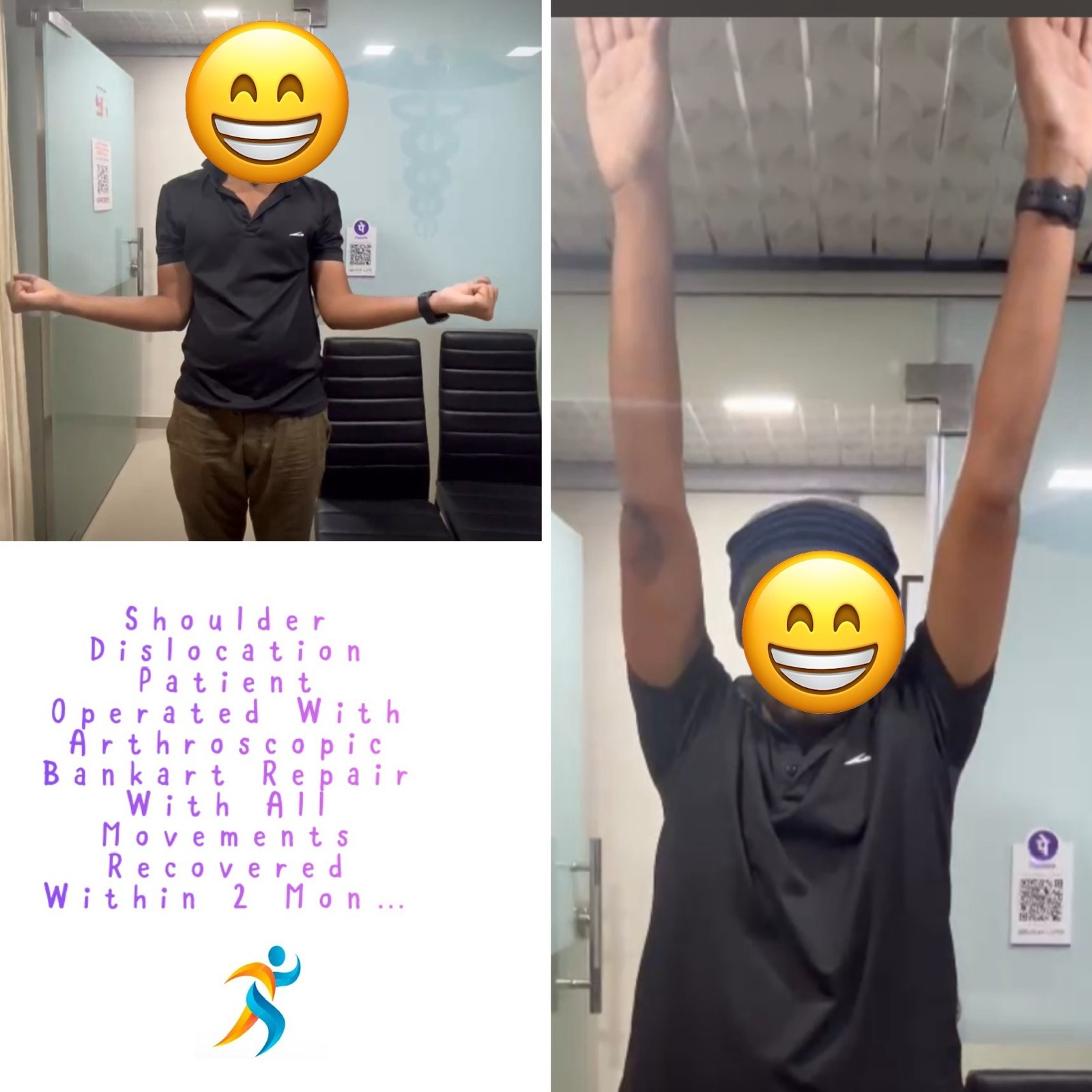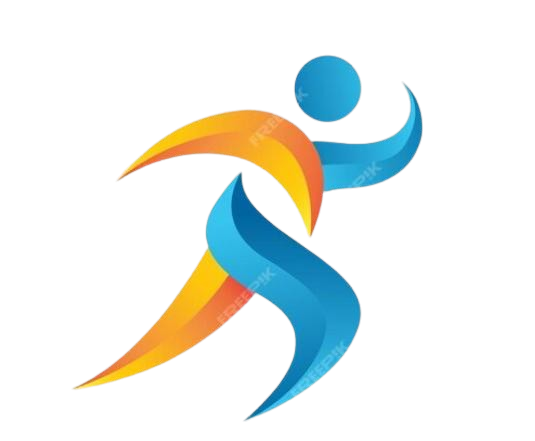+918055553590

This is your website preview.
Currently it only shows your basic business info. Start adding relevant business details such as description, images and products or services to gain your customers attention by using Boost 360 android app / iOS App / web portal.
### **Recurrent Shoulder Dislocation** #### **Def...

### **Recurrent Shoulder Dislocation** #### **Definition:** Recurrent shoulder dislocation refers to repeated episodes of dislocation of the **glenohumeral joint** (the ball-and-socket joint of the shoulder), usually after an initial traumatic dislocation. This condition often involves structural damage to the stabilizing structures of the shoulder. --- ### **Causes:** * **Initial traumatic dislocation** (common in sports injuries) * **Capsular laxity** (loosened joint capsule) * **Bankart lesion** (tear of the labrum) * **Hill-Sachs lesion** (dent in the humeral head) * **Hyperlaxity disorders** (e.g., Ehlers-Danlos syndrome) --- ### **Types of Instability:** 1. **Anterior** (most common – arm externally rotated and abducted) 2. **Posterior** 3. **Multidirectional** --- ### **Symptoms:** * Repeated episodes of shoulder dislocation or subluxation * Sensation of the shoulder 'slipping out' * Pain and weakness * Limited range of motion * Avoidance of certain arm positions --- ### **Diagnosis:** * **History & physical exam** * **Imaging**: * X-ray (to see bone damage) * MRI (to detect labral tears and soft tissue injuries) * CT scan (for detailed bone assessment) --- ### **Treatment:** #### **Non-surgical:** * Physiotherapy for muscle strengthening * Activity modification * Bracing (in select cases) #### **Surgical:** * **Arthroscopic Bankart repair** * **Latarjet procedure** (bone transfer to prevent dislocation) * **Capsular shift** (tightens the capsule) * Surgery is more common in young athlete

